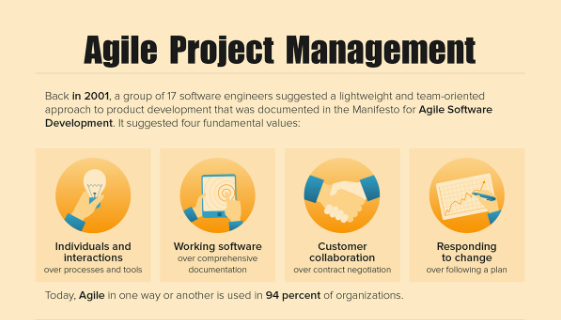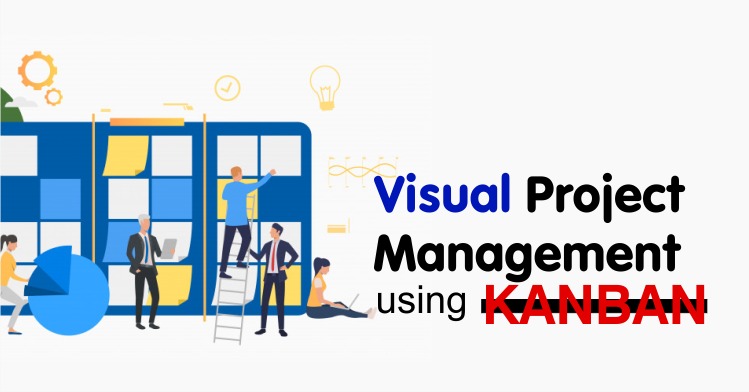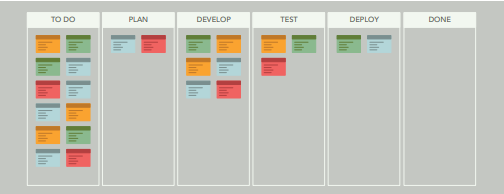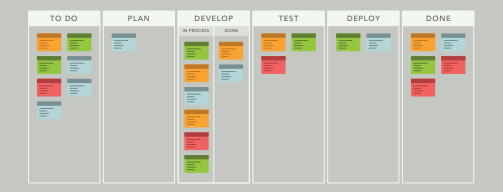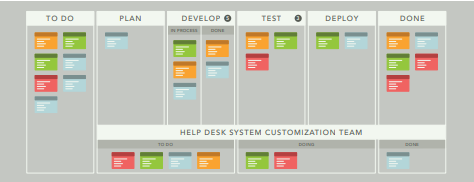It is critical to note that agile is not a methodology, but an approach that can utilize a variety of methodologies. Agile uses organizational models based on people, collaboration, and shared values. The Agile Manifesto outlines the primary tenets of the agile philosophy. It uses rolling wave planning, iterative and incremental delivery, rapid and flexible response to change, and open communication between teams, stakeholders, and customers. Examples of agile methodologies include SCRUM, XP. Lean, and Test-Driven Development (TDD).
A Brief History of Agile
The frustrations of applying sequential project management methods to software development resulted in the emergence of Agile. A group of leading software developers met in Snowbird, Utah, the USA in 2001 to discuss their challenges. They ultimately created the Agile Manifesto. What the software industry needed was greater agility– new methods that allowed for changes without significantly impacting cost and production schedules.
By dividing production into small components (called iterations) that could be simply and rapidly developed and tested, modifications could be made without having to wait for the end product. Now agile methods are utilized in a variety of industries beyond software development, such as telecommunications, aerospace, and construction , as well as being blended with more traditional, linear project management approaches.
The value of agile principles and practices
Organizations who use agile principles and practices have documented the value they see from the philosophy and techniques:
- Adaptive to changing business needs, giving the organization more influence over adding, changing, or removing requirements
- Early and continuous customer feedback improves communication and empowers business owners who can receive and review critical information necessary to make decisions to steer the project throughout the development process.
- Early measurable return on investment.
- High visibility and influence over the project progress leading to early indications of problems.
- Incremental delivery rather than a single complete delivery at the end of the project; reduces product and process waste
Examples of agile principle and practices
The following examples help illustrate the application of agile principles and practices:
- Early, measurable return on investment through defined, iterative delivery of product increments.
- High visibility of project progress, allows early identification and resolution or monitoring of problems.
- Continuous involvement of the customer through the product development cycle.
- Empowerment of the business owner to make decisions needed to meet goals.
- Adaptation to changing business needs, giving more influence over requirement changes.
- Reduced product and process waste
Agile and Market Opportunities
Worldwide, agile project management methods are being embraced by more and more organizations. PMI survey data reveal that most hiring managers think a certification in agile project management would be valuable to their firms. Moreover, practitioners believe that agile certification would be beneficial to their careers.
The PMI-ACP® was developed to help project management practitioners thrive in the challenges of globally-distributed teams, shifting requirements, and the need for rapid responses. It is meant for those with experience leading or working on agile project teams, and who have knowledge of a variety of agile approaches.
This PMI-ACP® certification recognizes knowledge of agile principles and practices across agile methodologies (including Scrum, Lean, Kanban, etc.), not simply limiting a practitioner to one agile approach. The certification can be used in a variety of roles, and any member of an agile team may be eligible to apply. It is also important to note that it can be used in a variety of projects and industries, not just in IT. Lastly, PMI-ACP® does not require PMI’s PMP® certification as a prerequisite.
The PMI-ACP® certification recognizes an individual’s expertise in using agile practices in their projects, while demonstrating their increased professional versatility through agile tools and techniques. In addition, the PMI-ACP® certification carries a higher level of professional credibility in project management as it requires a combination of agile training, experience working on agile projects, and an examination on agile principles, practices, tools, and techniques.
This global certification also supports individuals in meeting the needs of organizations that rely on project practitioners to apply a diversity of methods to their project management. It specifically validates a practitioner’s ability to understand and apply agile principles and practices.
PMI-ACP Certification Benefits
The PMI-ACP® certification delivers strong positive outcomes to practitioners. It is a certification that is more credible than other certifications that are based only on exams or training. This certification enables practitioners to:
- demonstrate to employers their level of professionalism in agile principles, practices, tools, and techniques; and
- increase their professional versatility in project management tools and techniques.
The Agile Project Management Approach Read More »
